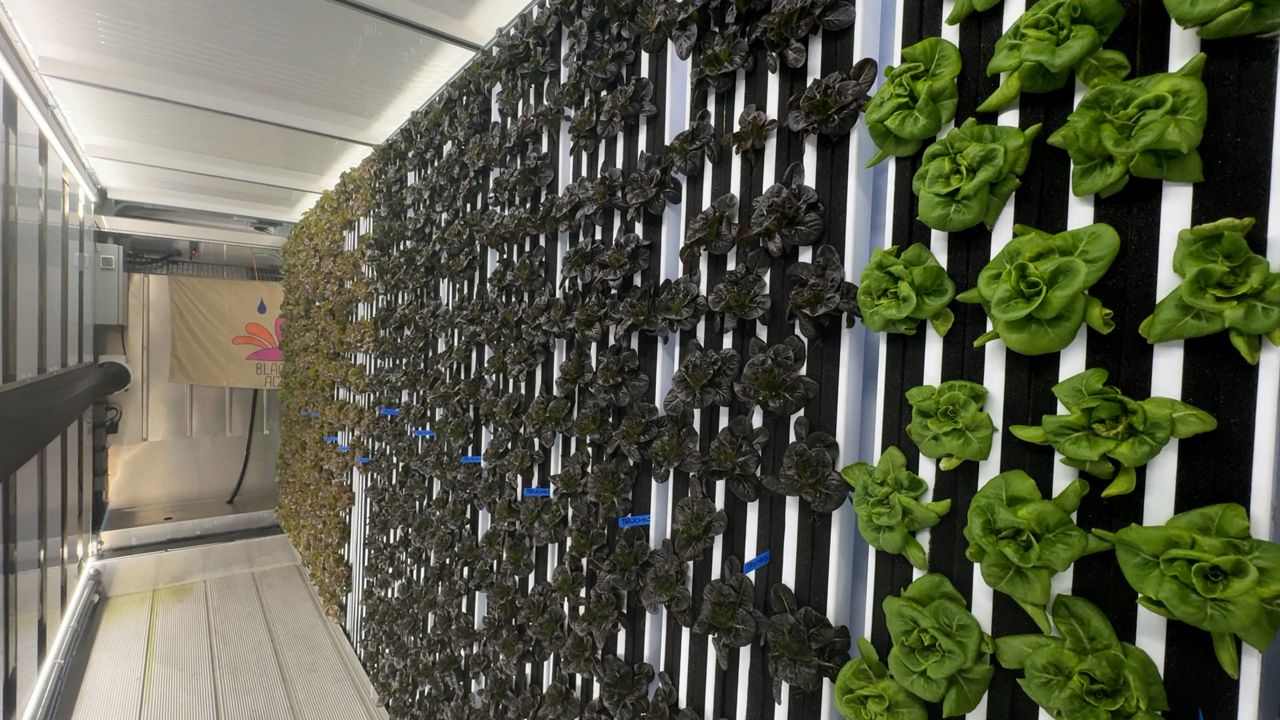There are about 600 of little snails tucked away in a lab at SUNY-ESF. Emlyn Clark takes care of the Chittenango Ovate Amber Snails.
“I can’t imagine any other snails on the planet that get the same kind of care these guys get," said Clark, the head technician for the captive rearing project.
What You Need To Know
- Only about 50 Chittenango Ovate Amber Snails remain in the wild
- A captive rearing project at SUNY-ESF works to grow the population
- Threats to the snails include hikers walking off the trails, climate change, and environmental changes like a rock slide, flood or drought
Twice a week she opens each container, takes out the snails and checks on their well-being.
"I know it's Tupperware, but it's the best possible terrarium set up for snails," she said about their captive home. "It makes it very portable and very easy to care for. It's simple clean-up. They're easy to get a hold of."
Clark went from snail-sitting when the former project head went out of town to caring for the snails as her full-time job.
“Ultimately, we do want to see a healthy and vibrant snail population at Chittenango Falls," said Clark. "Like I said, this is kind of one of those jobs where you want to wind up jobless, because that means you’ve done your job.”
At the base of the falls, you’ll find signs asking hikers to stay on the path. That’s the snails’ home.
The COAS are endangered, and last time the researchers counted, only 50 snails lived there. Hikers stepping on them is just one threat to their future. Other concerns are rock slides, droughts, floods, and invasive species killing their food sources or the snails themselves, explained Clark.
“They face a lot of risk or threats from climate change and any sort of threat and changes to their habitat," said Clark.
Since it is hard to get the right food, Clark and her team spend hours searching for leaves.
“Because the snails are fairly fussy, the leaves we pick up have to be in a particular state of decay,” said Clark.
A popular place to find sugar maple leaves is at Clark’s Reservation State Park in Jamesville.
“I was told when I was first being trained on this job that I should be looking for the consistency of toilet paper," said Clark.
Back in the lab, Clark sprays down the leaves. It makes them more appetizing for the snails because that’s what they would eat near the waterfall, she said.
“We jokingly call this our leaf lasagna," said Clark. "We sort of make layers of leaves for the snails.”
That “leaf lasagna” gives the snails plenty to munch, and the captive population is growing.
There’s still a long way to go. The goal is to get at least 1,000 snails in the wild.







)
